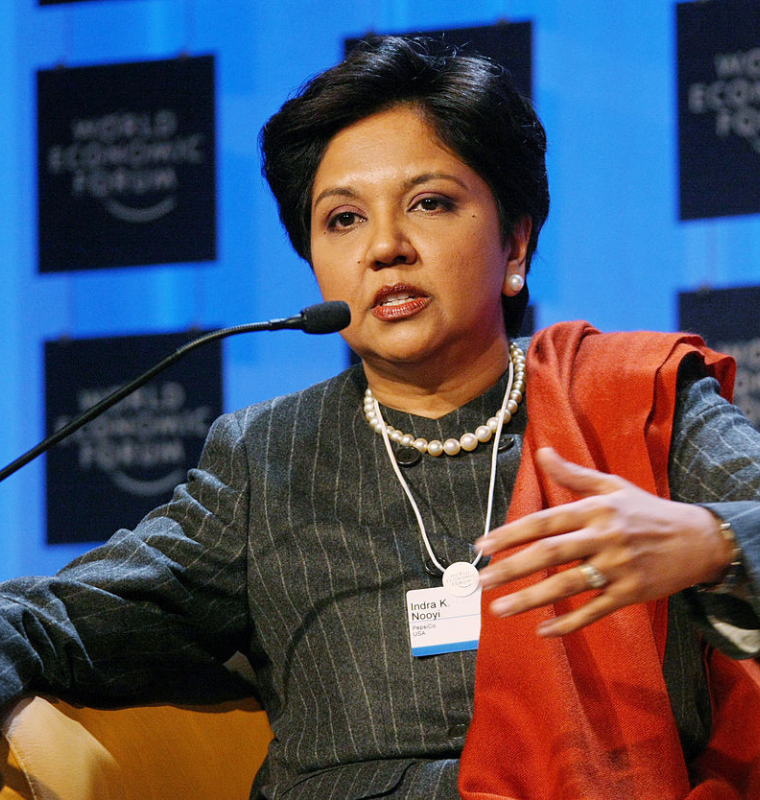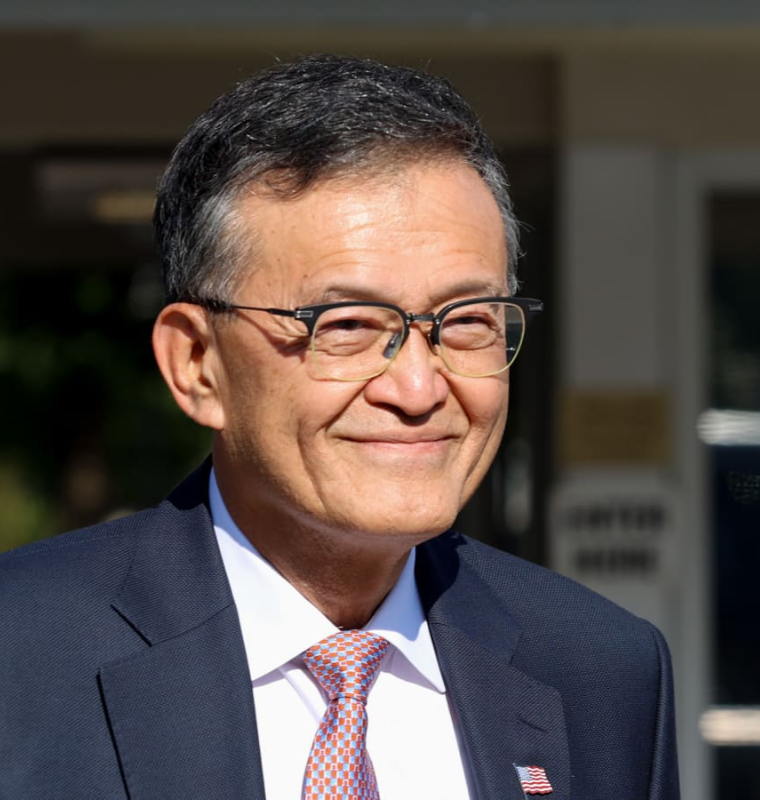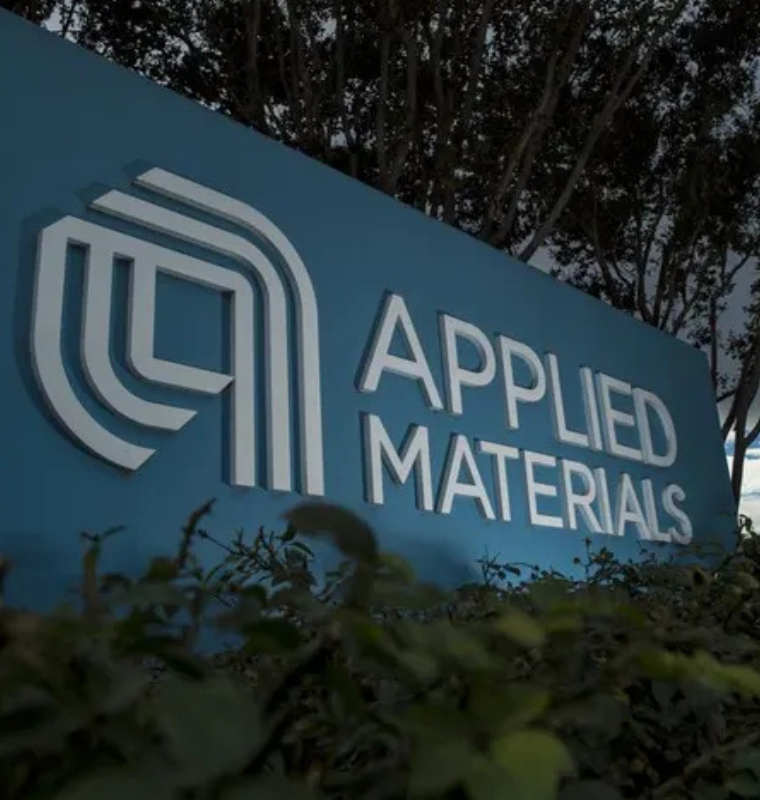Japan’s Rare Earth Strategy Offers a Blueprint for the West as China Tightens Its Grip
Japan’s Rare Earth Strategy Offers a Blueprint for the West as China Tightens Its Grip
By
Junia Wells
Last updated:
June 20, 2025
First Published:
August 3, 2025

Japan’s Hard-Earned Lessons in Rare Earth Dependency
Japan is now being hailed as a model for supply chain resilience after years of systematically reducing its reliance on China’s rare earth dominance — a strategy that many Western nations may need to urgently replicate.
Long before China’s rare earth export ban in April 2025, Japan had already confronted the risks of depending heavily on Beijing for critical minerals. The wake-up call came back in 2010 when China imposed a rare earth export ban on Japan amid a territorial dispute. Though the embargo lasted just two months, it exposed Tokyo’s extreme vulnerability.
At the time, Japan sourced over 90% of its rare earths from China. Today, that dependence has fallen below 60%, according to data from Argus Media. Tokyo now aims to cut that figure even further, targeting under 50% reliance as early as 2025.
Building a Resilient Supply Chain: Diversification Beyond China
Following the 2010 crisis, Japan wasted no time in crafting a multi-pronged strategy to secure alternative sources of rare earths. These efforts include:
- Strategic stockpiling of rare earth elements
- Investments in recycling technologies
- Encouraging alternative technologies to reduce rare earth demand
- Major investments in non-Chinese mining projects
One of the most significant moves came in Japan’s investment in Australia’s Lynas Rare Earths, the largest rare earth producer outside China. Lynas operates mining and processing facilities both in Australia and Malaysia, securing supply chains far from Chinese control.
“They’ve stockpiled more, invested in Lynas, and secured Western rare earth supply through a combination of Australian mines and Malaysian processing,” said Jonathan Rowntree, CEO of Niron Magnetics, a U.S. company producing rare earth-free permanent magnets.
The Hard Reality of China’s Rare Earth Dominance
Despite Japan’s progress, fully escaping China’s grip remains a monumental challenge. China still mines nearly 70% of the world’s rare earth elements and processes nearly 90% of global supply, including much of the material mined outside its borders.
Heavy rare earths — critical for defense systems, electric vehicles, and high-performance magnets — remain particularly difficult to source elsewhere. “Not a lot of heavy rare earths come out of Lynas, and many that do still get sent to China for final refinement,” explained Nils Backeberg, director at Project Blue, a critical minerals consultancy.
Lynas has recently reported breakthroughs, successfully producing two heavy rare earth elements outside China for the first time, signaling slow but critical progress in breaking China’s monopoly.
The Geopolitical Cost of Rare Earth Dependence
China’s recent decision to restrict exports of key rare earth elements came in response to escalating U.S. tariffs, underscoring the strategic leverage Beijing holds over global supply chains.
“When the tariff war began, China’s immediate move was to stop exporting rare earths,” said Eldur Olafsson, CEO of Greenland-focused Amaroq Minerals. “A few weeks later, manufacturers in America and Europe struggled to keep production running.”
The auto sector has been among the hardest hit. In Japan, Suzuki Motor was forced to suspend production of its popular Swift model earlier this year due to rare earth supply disruptions. Nissan, meanwhile, has been working closely with the Japanese government and industry associations to identify alternative suppliers.
“We must remain flexible and keep all options open,” said Ivan Espinosa, Nissan’s CEO, emphasizing the urgency of developing domestic alternatives.
The West’s Struggle to Replicate Japan’s Success
As rare earths become increasingly crucial to modern industries — from electric vehicles to renewable energy systems to defense technologies — Western nations are scrambling to reduce their exposure.
The European Union and the United States have made rare earth security a strategic priority. However, the West still lags far behind China’s dominance, and building out alternative supply chains will take years of concerted effort.
Belgium’s Solvay, which operates Europe’s largest rare earth processing facility in La Rochelle, France, aims to meet 30% of Europe’s rare earth demand for permanent magnets by 2030. But today, Europe remains overwhelmingly reliant on imports from China.
Gracelin Baskaran, director of the Critical Minerals Security Program at CSIS, emphasized that government support will be vital. “The West is building a fragile rare earth industry at a time when prices are low and profitability is uncertain,” Baskaran said. “Tax credits, subsidies, and government-backed demand will be essential to make these projects viable.”
A Growing Global Race for Supply Chain Independence
Niron Magnetics’ Rowntree echoed that breaking China’s dominance will require an aggressive, coordinated effort involving both public and private sectors.
“Everyone knew this supply bottleneck was a problem for years, but now it’s no longer theoretical. It’s real,” he said. “We need urgent investment, faster permitting for new mines, and rapid innovation in alternative technologies.”
The urgency is clear: with rare earth demand projected to soar — particularly as the clean energy transition accelerates — whoever controls these critical minerals will command enormous economic and geopolitical influence.
Japan’s experience offers a roadmap — but also a sobering reminder of how difficult and costly this pivot will be for Western economies still deeply entangled in China’s rare earth supply chains.
Popular articles
Subscribe to unlock premium content
Indra Nooyi’s Strategic Vision at PepsiCo: Balancing Profitability with Purpose

Nike’s Direct-to-Consumer Revolution: How Cutting Retailers Boosted Profits and Control

Spotifys Playlist Power Turning Music Curation Into An Advertising Goldmine

Indra Nooyi’s Strategic Vision at PepsiCo: Balancing Profitability with Purpose

Nike’s Direct-to-Consumer Revolution: How Cutting Retailers Boosted Profits and Control

Indra Nooyi’s Strategic Vision at PepsiCo: Balancing Profitability with Purpose









